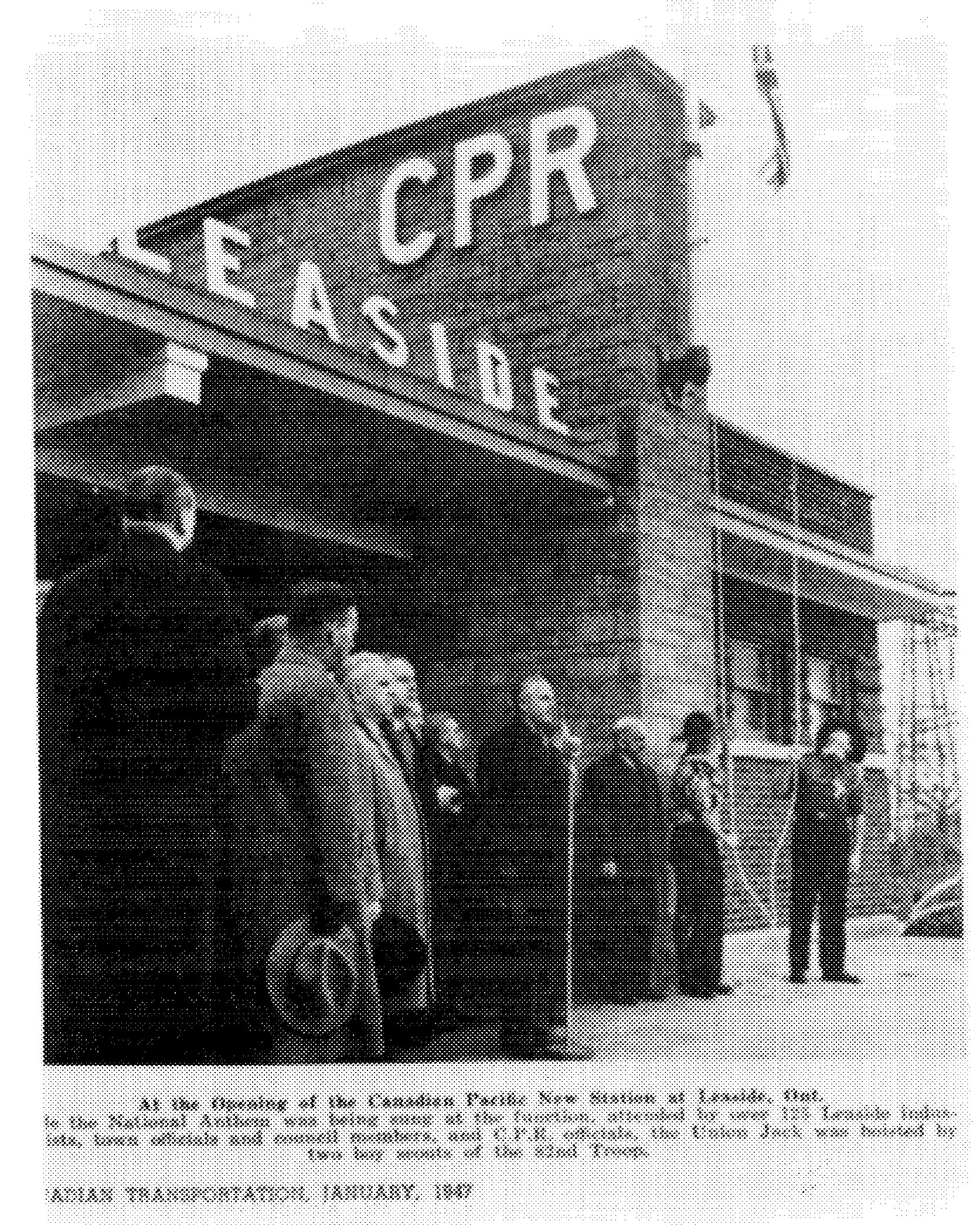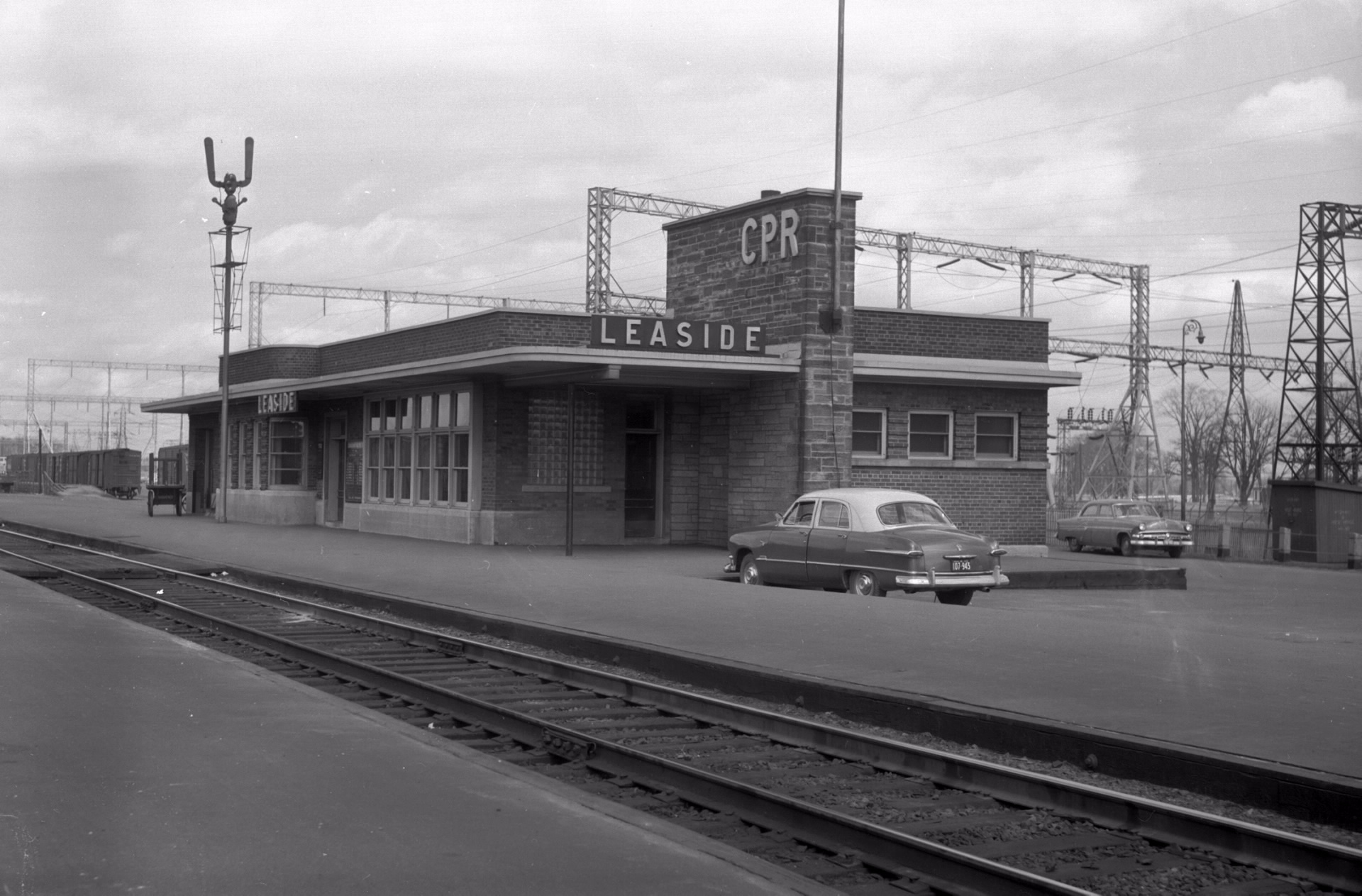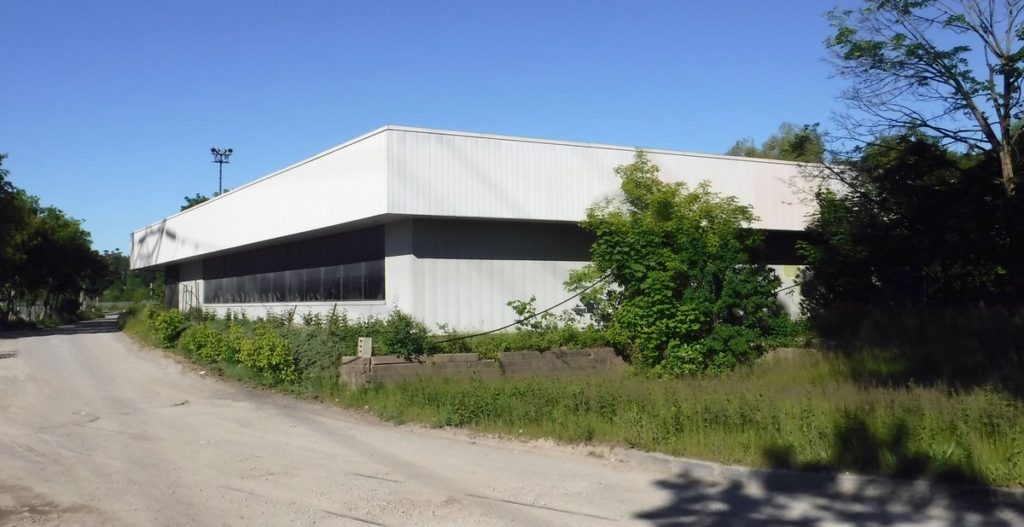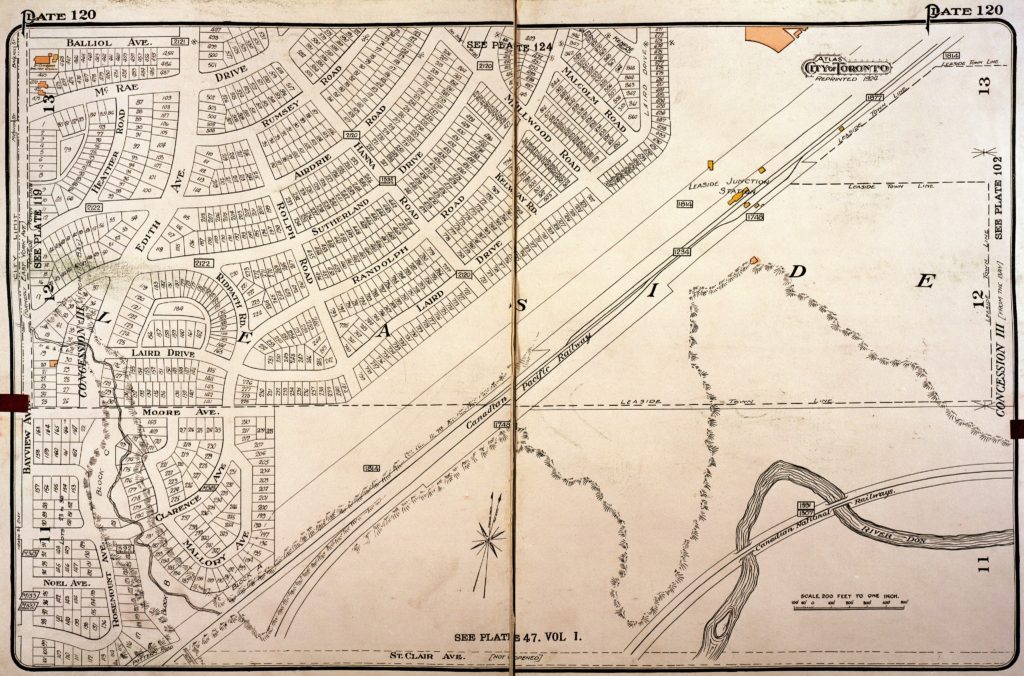You are using an out of date browser. It may not display this or other websites correctly.
You should upgrade or use an alternative browser.
You should upgrade or use an alternative browser.
Steve X
Senior Member
In this country, you can't just screw up some big company's business. The government would have to pay to support their relocation. Screwing over CPR's business does Canada's economy no good either. A significant amount of goods which includes crude oil travel through that corridor. That just jacks up prices for everyone if they were denied or force to reduce freight trains through that corridor. So it's going to be expensive to place a frequent passenger train service on that corridor.Is government intervention a possibility?
nfitz
Superstar
It's oil that had driven a lot of the freight growth.In this country, you can't just screw up some big company's business. The government would have to pay to support their relocation. Screwing over CPR's business does Canada's economy no good either. A significant amount of goods which includes crude oil travel through that corridor. That just jacks up prices for everyone if they were denied or force to reduce freight trains through that corridor. So it's going to be expensive to place a frequent passenger train service on that corridor.
How much longer is that going to be even an issue? We seem to have gone past peak oil, and with the gradual increase in EVs and with other forms of electricity generation often now being cheaper than gas (not to mention oil/coal) - and falling, I'd think that this will have declined a lot inf future years.
Though in the short-term, the answer is additional tracks - which wouldn't screw up their business.
W. K. Lis
Superstar
The cities want to move the transportation of dangerous goods by rail OUTSIDE the cities. That means the midtown corridor will see less tanker cars, as they move north of Toronto.It's oil that had driven a lot of the freight growth.
How much longer is that going to be even an issue? We seem to have gone past peak oil, and with the gradual increase in EVs and with other forms of electricity generation often now being cheaper than gas (not to mention oil/coal) - and falling, I'd think that this will have declined a lot inf future years.
Though in the short-term, the answer is additional tracks - which wouldn't screw up their business.
rbt
Senior Member
It's oil that had driven a lot of the freight growth.
I'm not sure that is the case as far as track requirements are concerned. Oil drove revenue up but didn't increase traffic much; freight carriers just charged more to carry it.
Page 7:
Between 2009 and 2018, oil loads increased by 220,000 cars, coal by 50,000 cars.
Over the same time period intermodal increased by 1,100,000 cars and minerals by 700,000 cars.
nfitz
Superstar
CP has no corridor to the north - and I really doubt they'll end up adjacent to the CN bypass.The cities want to move the transportation of dangerous goods by rail OUTSIDE the cities. That means the midtown corridor will see less tanker cars, as they move north of Toronto.
I'm not aware of any mechanism that the city can use to move f
Interesting!Over the same time period intermodal increased by 1,100,000 cars and minerals by 700,000 cars.
W. K. Lis
Superstar
CP has no corridor to the north - and I really doubt they'll end up adjacent to the CN bypass.
I'm not aware of any mechanism that the city can use to move f
Interesting!
Other rail companies can "rent" rail lines to move goods. Also, the federal government can simply create a law to require rail companies to "share" their lines with others, or create a joint operation similar to the Toronto Terminal Railway.Oddly enough Andy B is in today's Guardian. He fears transit reductions in London. https://www.theguardian.com/busines...t-londons-transport-fall-into-managed-decline
From link.
Toronto Terminals Railway Co. Ltd. is the operating railway responsible for safe, effective and efficient movement of passenger & freight trains throughout the Union Station Railway Corridor (USRC). As the certificate of fitness holder for the USRC, TTR ensures the company meets Transport Canada’s as well as Metrolinx operating guidelines and policies.
TTR also manages the train marshalling operations at Deltaport’s global container terminal, one of Canada’s busiest intermodal yards on Canada’s West Coast part of Port Metro Vancouver juridiction.
TTR is a jointly owned subsidiary of both Canadian National Railway (CN) and Canadian Pacific Railway (CP), allowing the company to benefit from the best practices and guidance of the two largest railways in Canada.
TTR operates through 9 service groups that work in unison to deliver the highest quality program to GO Transit and its customers. These services are:
- Track Maintenance
- Signals & Communications Installation and Maintenance
- Operations (Train Movement)
- Project Construction Services
- Level Crossings Installation & Maintenance
- Flagging / Track Protection
- Train Marshalling
- Testing & Commissioning Support
- Ancillary installation services
lenaitch
Senior Member
A tenant (renter) requires a willing landlord, and in this case, the landlord would want to ensure that its present and future business interests are accommodated, and for the tenant to pay for that. I can't see a government of any stripe having the stomach to force the issue by legislation. As far as I know, TTR was a joint venture of willing partners. Could it happen again? Perhaps. Valuation by CN would be interesting.Other rail companies can "rent" rail lines to move goods. Also, the federal government can simply create a law to require rail companies to "share" their lines with others, or create a joint operation similar to the Toronto Terminal Railway.
From link.
Moving everything to CN York/Halton would pit Toronto's desires to be rid of freight traffic against York's not to inherit it.
DSC
Superstar
Member Bio
- Joined
- Jan 13, 2008
- Messages
- 19,794
- Reaction score
- 28,646
- Location
- St Lawrence Market Area
If you are talking about England, that is because the railways (which were nationalised for decades) were privitised again split between a company which owns and operates the rails - used for passengers and freight - and some large train stations (National Rail) and lots of companies who own trains and rent space on the tracks.(and many also operate stations.) See: https://www.networkrail.co.uk/who-we-are/about-us/ and https://www.nationalrail.co.uk/tocs_maps/tocs/TrainOperators.aspxOther rail companies can "rent" rail lines to move goods. Also, the federal government can simply create a law to require rail companies to "share" their lines with others, or create a joint operation similar to the Toronto Terminal Railway.
From link.
TheTigerMaster
Superstar
Also for trips orginating at Kennedy Station and terminating near an Ontario Line station, the ECLRT + OL will be the fastest route.That depends on the origin and destination. The Bloor Danforth Line by itself is a lousy crosstown option, having a 700-800 m station spacing from Vic Park all the way to Jane.
If you want to get from Kennedy Stn to Kipling & Eglinton, then taking ECLRT will be slightly faster than taking the BD line and then the Kipling bus. If your destination is on Kipling half-way between Bloor and Eglinton, then the trip using BD will be a bit faster, but not by much.
TheTigerMaster
Superstar
Particularly with the Ontario Line at play. There’s zero possibility of the segment between Kennedy and Don Mills exceeding capacity.The Golden Mile developments will not make it as dense as the urban core.
This line is more than able to handle density increases along this corridor well past our lifetimes - especially with other upcoming lines and expansions. I think people are drastically underestimating how much capacity an LRT can handle, while overestimating just how dense these areas actually are or will be.
ARG1
Senior Member
Again in isolation maybe, but we have to look at this in the context of the entire line. This isn't "Just like a subway west of Don Mills and just like a Streetcar east of it", this is "A streetcar that happens to be in a tunnel" west of Don Mills, and so capacity risks should be looked at the entire line, especially if we have Low Floor trains.Particularly with the Ontario Line at play. There’s zero possibility of the segment between Kennedy and Don Mills exceeding capacity.
afransen
Senior Member
The branding of the line would beg to differ.The GO Midtown Line will be very important in providing an actual fast connection across town. That was never the point of Line 5 Eglinton.
Rainforest
Senior Member
Again in isolation maybe, but we have to look at this in the context of the entire line. This isn't "Just like a subway west of Don Mills and just like a Streetcar east of it", this is "A streetcar that happens to be in a tunnel" west of Don Mills, and so capacity risks should be looked at the entire line, especially if we have Low Floor trains.
The capacity risk exists, but it is not great, and is rooted in the overall network configuration rather than any local density along Eglinton.
Condos built along Eglinton, by themselves, will never beat the capacity limit of that line (13 - 15 k per hour). Residential density only generates a modest transit demand. It can overload a bus line, where 2k per hour is heavy usage and 3k is a major challenge; but 10k+, no way.
Employment density isn't there, and isn't in the plans. The Airport cluster is on the counter-peak (Airport employees would be going westward in the morning, when the majority of riders are heading eastward) and shouldn't be a problem.
But ECLRT might get overloaded due to the transferring riders, if the further transit expansion stalls again, and the riders go out of their way to use Eglinton because no other viable option exists.
Steve X
Senior Member
It could be possibly for riders from North/South routes like 25/925 Don Mills, 24/924 Victoria Park and 68/968 Warden to transfer to Eglinton instead of Line 2 to get a seat if usage is lower. However being squash like sardines on Line 1 for a longer period of time might reduce at. This all depends on how post pandemic plays out as recovery seems to be a long term now. It's like the 96-03 recovery era again.But ECLRT might get overloaded due to the transferring riders, if the further transit expansion stalls again, and the riders go out of their way to use Eglinton because no other viable option exists.








